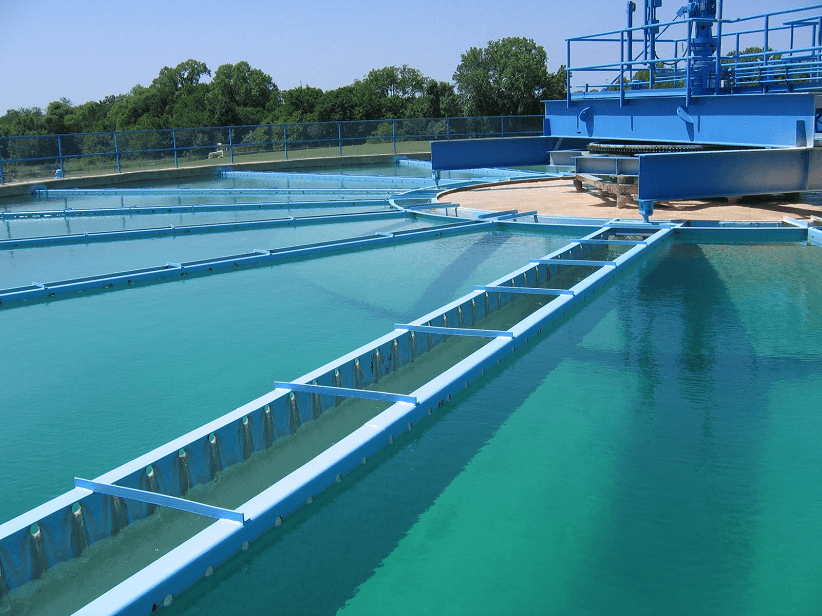A good component procurement system is important for system quality and validation and is a key aspect of ensuring the successful installation of a purified water treatment system in a regulated environment.
This may involve:
- A written procurement procedure
- System requirements communicated to Procurement
- Documentation and certificates traceable to the components
- Inspections of incoming components and material.
Procurement Procedure
If your company or vendor already has a written procurement procedure you just need to check with the involved persons that the procedure is valid and is followed. If you don’t have a written procedure, write down how you are procuring systems currently, taking the opportunity to correct obvious mistakes in the process. Work accordingly and review the work process periodically for inputs for improvement. Make sure the procedure is known and understood by all involved.
System Requirements Communication
Communicating system requirement is one of the most difficult aspects of a project since there are several different groups involved from different companies and from various matrix functions (recourses for the specific project) and department functions. All of these groups must cooperate to ensure that all requirements for the system are fulfilled. Frequently, some requirements are lost or misunderstood along the way.
The solution for a successful procurement process is to:
- Have negotiated prices
- Group all components at one vendor on one purchase order
- Take a long-term relationship approach with the vendors
- Make sure Engineering/Project Management transfers the customer’s requirements to Procurement so they are clear and included in the purchase order
- Have a procurement department with technical knowledge of procured components and common requirements
- Have the vendor mark the incoming components with the project number
- Know normal delivery times and check in advance to be able to place orders to fit the schedule
Related: Learn More About Validating Purified Water Systems
Receiving Inspections
The receiving inspections are important to make sure that the correct equipment, instruments, valves, pipes, tubing, and fittings are delivered and that no damaged or incorrect parts are assembled and installed in the water system. The inspections should take place as soon as possible upon delivery and are often divided in two stages.
- The inspection of the package/box when the delivery arrives. Check for damages and the correct amount of packages according to the packing list attached. Typically, this is done while the deliverer is waiting
- Detailed inspections of each component according to the purchase order, design specification, and system requirements.
Receiving Inspections: Time Sensitive
You want to verify components as soon as possible as not to lose time in the manufacturing schedule. If a damaged or incorrect component has been delivered, a new one must be ordered and shipped right away. The more “custom made” or “long lead time” the product is, the higher the risk that it will impact the project schedule and, possibly, project cost if it has to be replaced.
To minimize the risk of incorrect items, make sure to be very clear on what you are purchasing and specify your requirements in the procurement documents.
It may be tempting to begin some kind of documented pre-IQ at this stage, but there are a couple of issues in doing so.
- It creates double the work and costs time and money.
- It causes the verification of the components and certificates to be considered to be done and might not be done seriously once the system is assembled and everything is installed.
- The focus at this stage is to verify components according to what was procured and that the requirements are fulfilled to achieve an approval or a rejection for installation.
When checking model numbers decide what the purpose is.
Do you want to verify the model number to be able to purchase the exact part again? In that’s the case, make sure you are verifying the purchase code number, which can include codes for surface roughness, calibration certificate, material certificate, polish, special configuration, or options. If you need to break down a purchase code or need to put one together for purchasing, the supplier often has a separate code key for this.
Do you want to verify the model number for validation purposes and document it in the validation protocol? Make sure you are verifying the technical code number, which is often shorter than the model number used for purchasing. This is the code you will find stamped or labelled on the component and referred to in the component’s manual and data sheet.
For some components you will find that the model number is the same for purchasing and what is marked on the component, which is good, but not always the case.
Common Mistakes
Common mistakes when receiving inspections include:
- The model number does not exactly match between the purchase order and the component and is then ignored.
- Not checking all numbers and letters in the model number. Every number and letter means something. Check the vendor’s technical information and find out the technical difference immediately. It could be significant.
- The component is inspected and it is unclear if it can get approved. Someone else needs to be involved to reach an approval decision. The component ends up as “stand by.” If you perform receiving inspections, you are responsible to follow up and make sure there are no gaps in communication to the right person.
- During fast-track projects, the focus is easily on that the component passes the inspection. Documentation is often left until later and might then be missing or incorrect when validation starts.
- No documentation follow-up. Even if the component gets approved for installation, follow up regarding the documentation as soon as possible. Take down the serial number and heat codes/charge numbers to make it possible to verify documents delivered after the component.

The preferable method is to perform the inspection with the purchase order for the following reasons:
- You don’t need to create more documents in the form of a special receiving inspection report
- You have all of the data you need for verification on the purchase order including the PO reference number and the contact data to the vendor
- You don’t have to re-write the information of the component, which could be a source for errors. You just check it off, if correct
- Accessories and extra options are pointed out in the purchase order but can be easy to miss out on if you use a receiving inspection report.
The use of receiving inspection report forms is often a request from the engineering company handling the project and will, in that case, be included in their documentation for the system.





